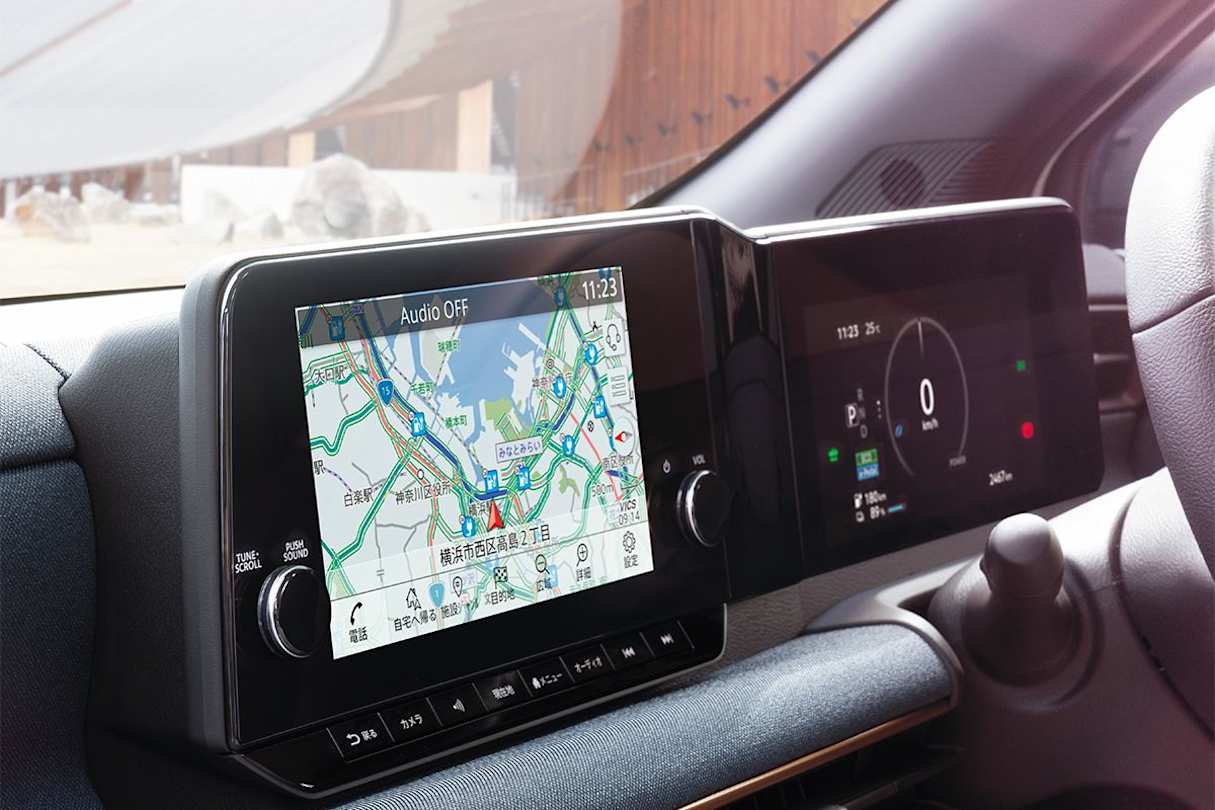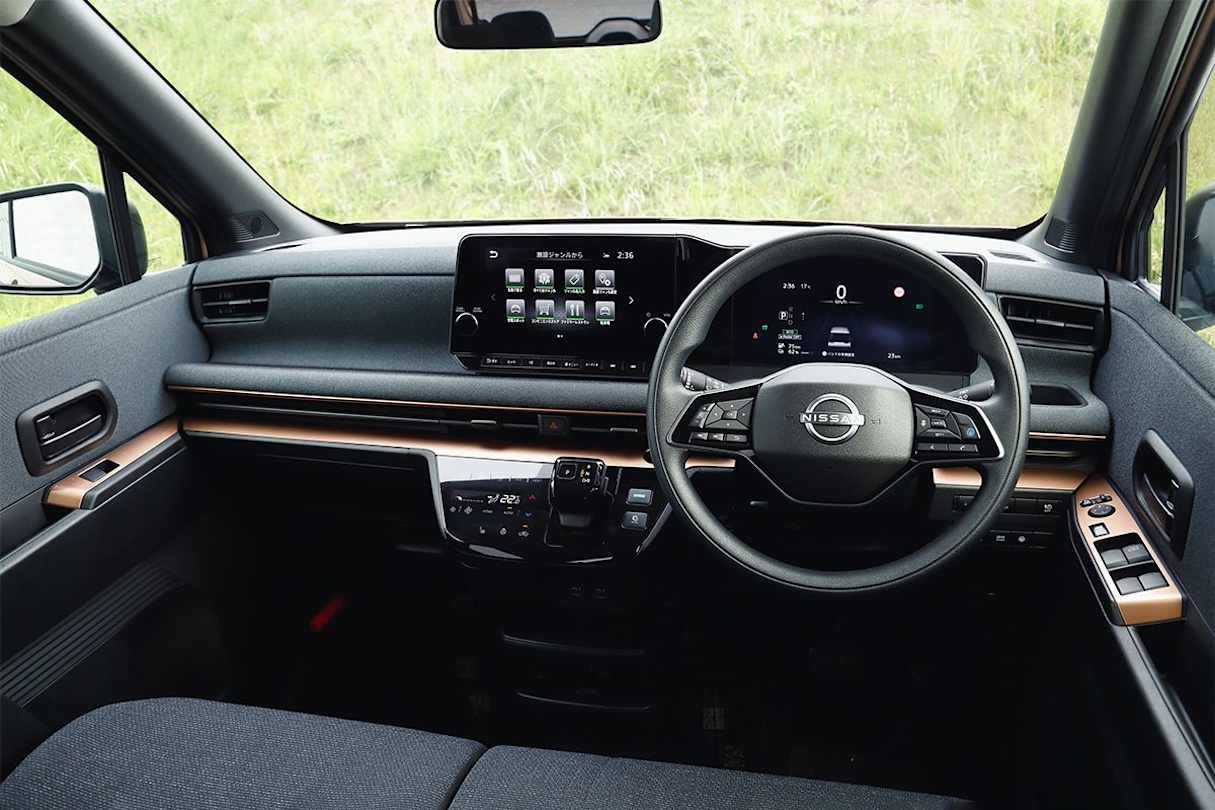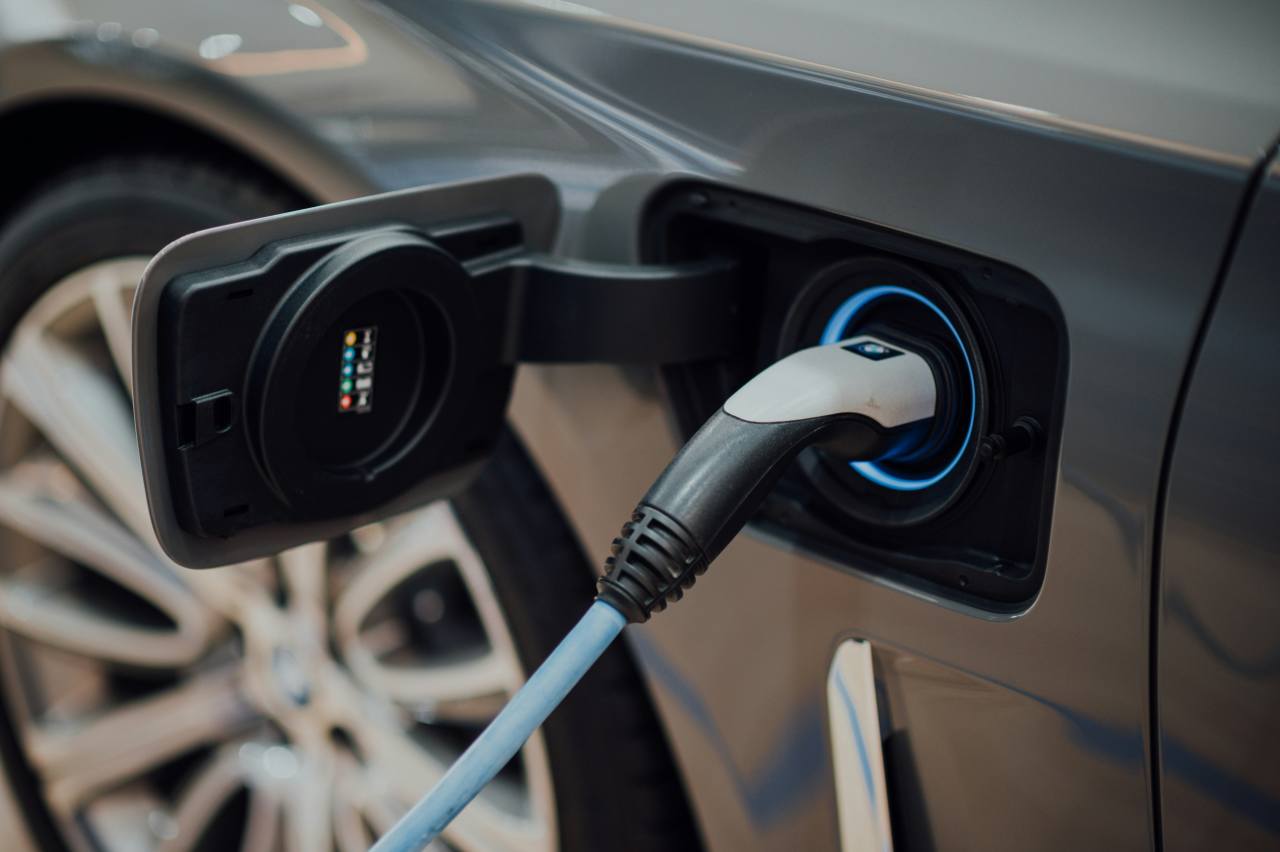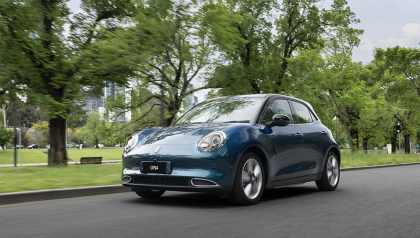It is no secret that the Chinese brands have taken Australia’s affordable EV market by storm. The three most affordable electric models in Australia are all Chinese, and all start under $40k.
But this is the Nissan Sakura, a Japanese-market EV that has global potential, with the brand’s most senior executives saying they want to bring cheaper electric vehicles to the masses.
How cheap? Well this one starts at around 2.5m yen, which is less than $27,000.
So, does Nissan have something here that can upset the cheap EV apple cart? Let’s go find out.
Price and features – Does it represent good value for the price? What features does it come with? 8/10
8 / 10
Ok, so as we’ve covered the fact that this is a cheap-as-chips city EV that starts, in Japan at least, at around $27k.
And business is booming. The Sakura is the best-selling EV in that country, accounting – at times – for half of all EV sales in Japan.

But the thing is, it really doesn’t feel like a cheap EV. The material choices are super clever, giving off premium vibes while avoiding expensive leather, and the tech in the cabin is pretty much on point, too.
There’s a 9.0-inch central screen, with wireless Apple CarPlay, and a second 7.0-inch screen in front of the driver, and there’s a digital climate-control panel.

The headlights are LEDs, while the rear lights in the upper-spec cars are LEDs, too. And the wide, bench-like front seats feel like the couches at you nan’s place, and the copper trimming is a nice touch.
It's clever, without being flashy, and without ever feeling like corners have been cut.
EV Specs for Nissan Sukura 2024
| Drivetrain | Electric |
|---|---|
| Battery capacity | 20 kWh |
| Battery type | Lithium-ion |
| Range | 180kms WLTP |
| Plug type | CHAdeMO |
| DC charge rate | 100kW |
| AC charge rate | 3.5kW |
| Motor output | 47kW/195Nm |
| Efficiency | 11.1kWh/100kms |
Design – Is there anything interesting about its design? 9/10
9 / 10
I’ve got to say, I reckon this thing looks pretty cool – but then, I have a bit of soft spot for small, quirky cars.

It’s definitely not going to be for everyone, and it looks like it could fit in your back pocket, but there’s something Smart-like about it’s diminutive dimensions, and even though it’s small, there’s some lovely detailing.

The Nissan badge glows, for example, the alloys wheels are beautifully intricate, and the two-tone colour palette and the bronze strip that runs the length of the body works beautifully, too, and matches the bronze highlights in the cabin.

Inside, it’s everything you need, and nothing you don’t. The interior is available in just three options — black, beige or grey — the seats are cloth and the whole vibe is kind of clean, unfussy and pared back.
Practicality – How practical is its space and tech inside? 8/10
8 / 10
The Sakura stretches just 3395mm in length, 1475mm in width and 1655mm in height, and it weighs just over 1000kg.
Small, yes. But also clever. The space in the back of this four-seater, for example, is ridiculously generous, with miles of knee and headroom, and because it's on rails, you can slide the rear bench forward to just about double the 107 litres of standard boot room.

Cubby and storage spaces abound, including a hook for your takeaway food, and you can plug your devices in, too.
Honesty, you'll be surprised at how spacious this thing feels in both rows, and by how comfortable the couch-like seats are, too.
Under the bonnet – What are the key stats for its motor? 7/10
7 / 10
The Sakura is a single-motor, 2WD proposition, with the city car producing a not-so-staggering 47kW and 195Nm, and a flying top speed of 130km/h.
Efficiency – What is its driving range? What is its charging time? 6/10
6 / 10
The 20kWh lithium-ion battery will deliver up to 180km in WLTP driving range. That isn’t massive by any stretch, but Nissan says its owners in Japan drive less than 30km a week, which means what’s on offer is plenty.

And if you’re thinking of a city EV as your second car, I guess you need to ask yourself - how much range do you need?

When it comes time to charge, a standard plug should take around eight hours to top the Sakura up.
Driving – What's it like to drive? 8/10
8 / 10
There's a calculation that you need to apply to those less-than-stellar power outputs, and that is that the Sakura only weighs around 1000kg, which means that the little EV actually doesn't feel underpowered.
I mean, I wouldn't want to be overtaking on a country road – especially given the Sakura tops out at 130km/h – but in the city, the instant torque makes the cheap and cheerful Nissan feel perky enough.

The steering is typically Japanese-market specific, in that it's relatively vague and stodgy, but the ride – at least on Tokyo's very good street surfaces – is comfortable, and you do feel connected to the road below you.
The biggest perk, though, is that, not unlike the Suzuki Jimny, the Sakura is one of those vehicle's that feel a little bit silly, and lots of fun.

Now, this test was very much a sample, rather than a deep dive, with the entire experience lasting a handful of city blocks, but on first impressions, I think the Sakura is a smile-inducing EV that's plenty clever, and surprisingly practical.
Safety – What safety equipment is fitted? What is its safety rating? 7/10
7 / 10
The Sakura gets Nissan’s ProPilot semi-autonomous system, as well as an auto-park function which will take over the steering and braking when parking.
There’s also 360-degree Safety Assist, which bundles in AEB with pedestrian detection, Lane Departure Warning and other active safety gear.
There’s front side and curtain airbags, too, while upper grades also get a driver’s knee airbag.
Ownership – What warranty is offered? What are its service intervals? What are its running costs? 7/10
7 / 10
If the Sakura makes it to Australia, it will be covered by Nissan’s EV warranty, which includes a five-year, unlimited-kilometre warranty. And a battery State of Health guarantee, which spans eight years or 160,000kms.
Verdict
The Sakura won't be for everyone, but why does every car have to have mass appeal? Can't we have some unique offerings in the mix, too? With a slightly bigger battery, Nissan could definitely find and audience for the Sakura in Australia, and I might even be near the front of that queue.
Note: CarsGuide attended this event as a guest of the manufacturer, with travel, accommodation and meals provided.




.jpg)

.png)
.jpg)

.jpg)

